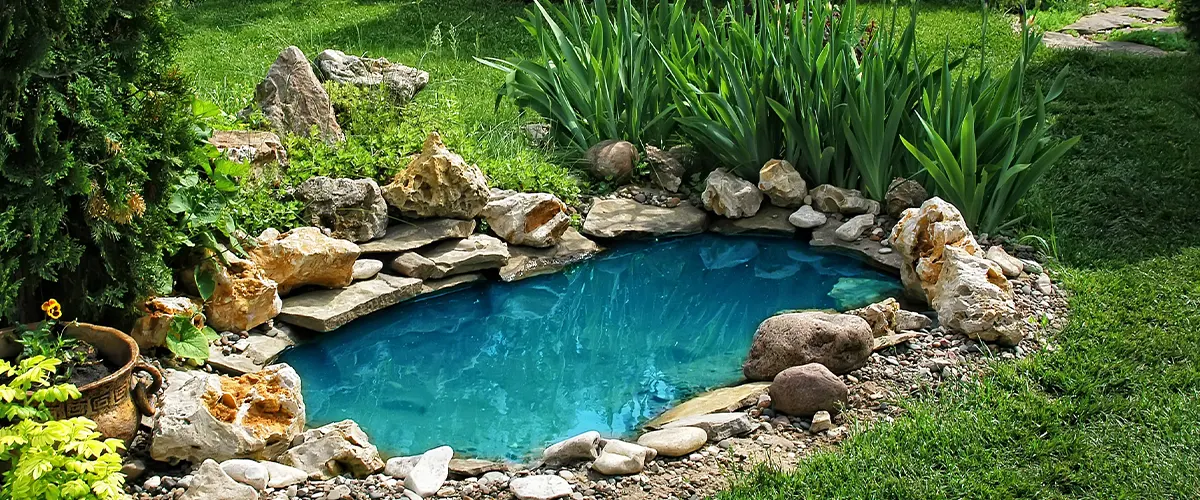
What You Should Know About Algaecides
What are Algaecides?
When dealing with algae growth in your backyard pond, it’s time to turn to algaecides. These special products contain the ingredients and chemicals needed to get rid of these nasty pond plants, and some of them are even safe to use around pond fish.
Algae are likely to consume your pond’s nutrients, which is detrimental to your fish. Algaecides will disrupt the growth and reproduction of algae cells. They do this in one of two ways: either by damaging their cell walls or inhibiting their photosynthesis.
Types of Algaecides
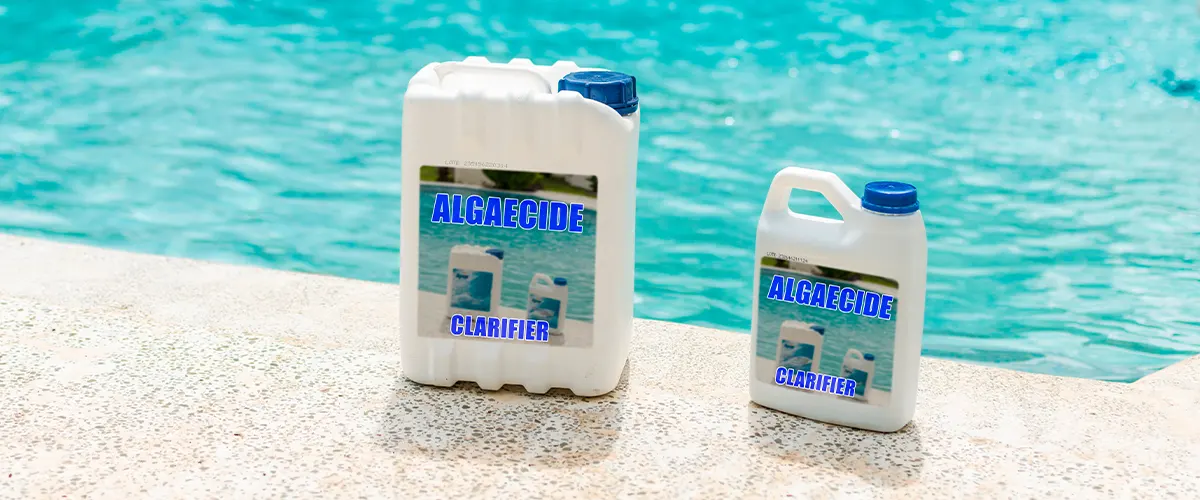
When to Use Algaecides
How to Use Algaecides
Always read the label carefully before applying any algaecides to your pond water.
Calculate how much product you must use based on the water in your pond.
Apply the product evenly across the entire pond’s surface. Using a sprayer is the best way to control the product quantity.
Check the level to see how long you have to wait before allowing any living organism to access the pond.
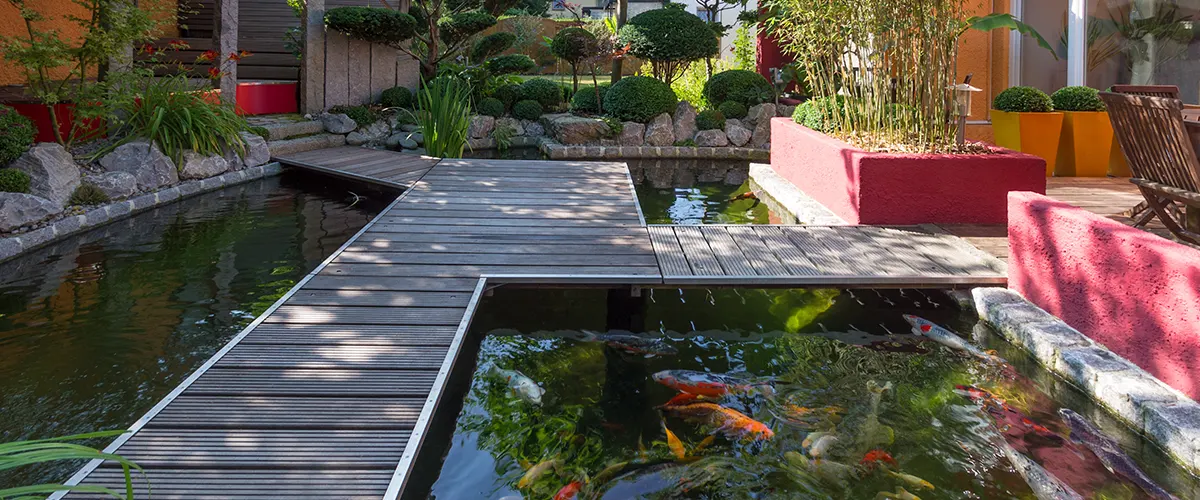
Safety Considerations
While some algaecide brands have formulas that are safe to use around pets, humans, and pond fish, it’s important to take the necessary safety precautions when using less safe products.
– When handling algaecides, use protective gloves and glasses.
– Don’t let children and pets near your algaecides.
– Do not use these products in ponds that harbor fish sensitive to any of the ingredients.
– Avoid algaecides in water sources destined for consumption or irrigation.
Choosing the Right Algaecide
With so many different products popping up overnight, it can be difficult to settle for the best algaecide on the market. Here are some tips that might help:
– Identify the type of algae you’re dealing with. String algae might need a different product than red pond algae.
– Never apply a product without reading the label first. It will tell you whether or not said product is suitable for fish ponds.
– If you want to avoid messing with the ecosystem, consider investing in organic algaecides.
– Talk to a professional pond cleaner to get recommendations for the best products on the market.
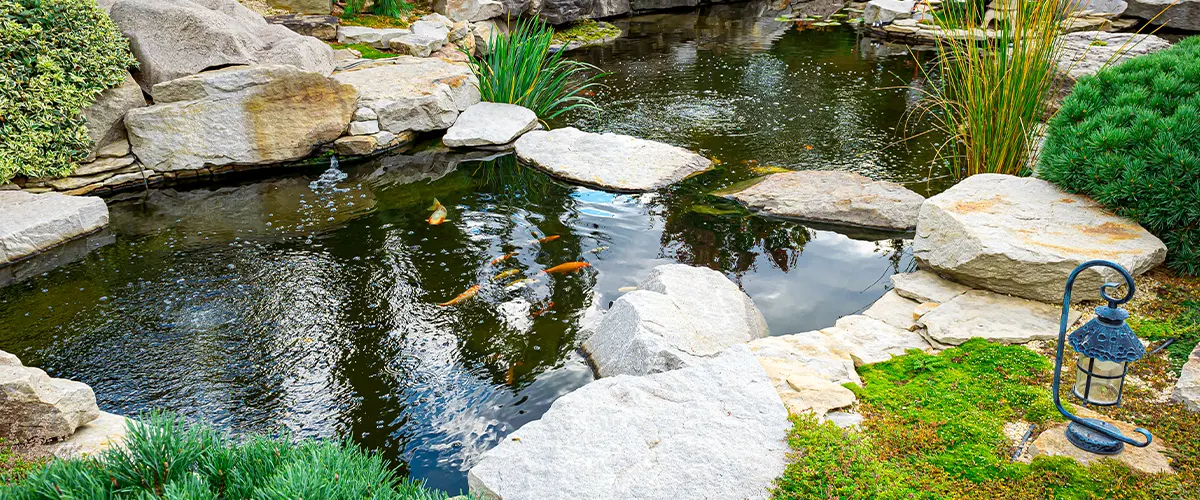
What You Should Know About Herbicides
What Are Herbicides?
Types of Herbicides
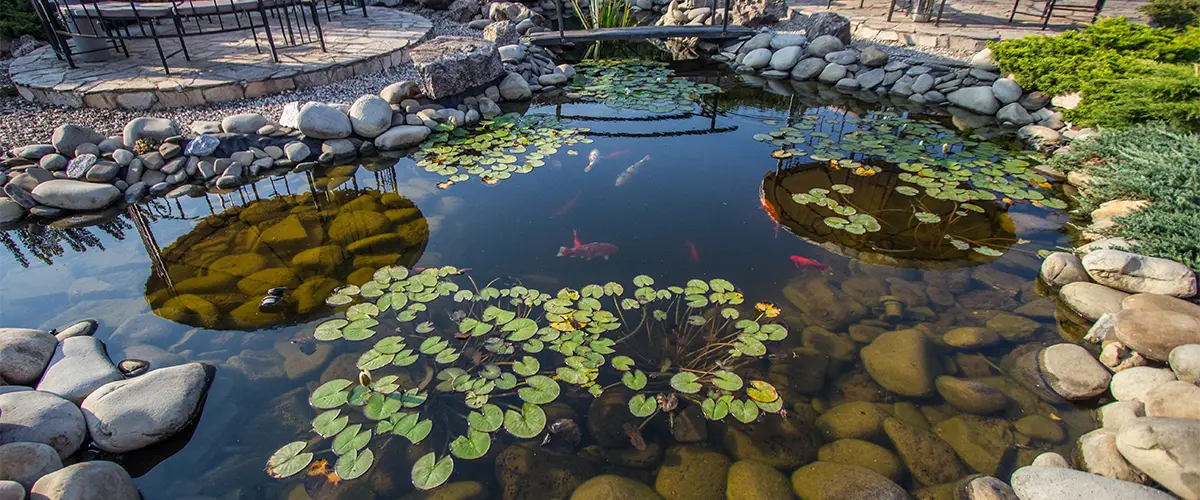
When to Use Herbicides
How to Use Herbicides
Safety Considerations
You must wear protective gear whenever you work with algaecides and herbicides. Be wary of leaving herbicides lying around if you have children or pets. Consider certain herbicides’ impact on your pond ecosystem, and make sure your floating plants are safe for fish and plants you don’t want to kill.
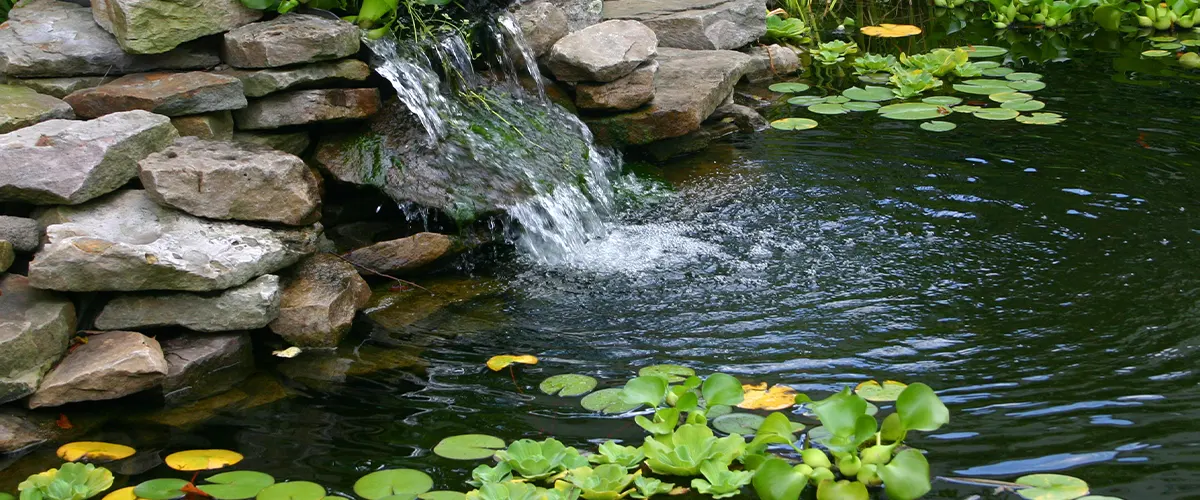
What You Should Know About Beneficial Bacteria
What Are Beneficial Bacteria?
Natural beneficial bacteria can be found in garden ponds and other bodies of water. Decomposing organic debris and transforming dangerous compounds into innocuous ones are essential to the pond’s ecological equilibrium.
Due to its low environmental impact and low cost, the use of beneficial bacteria as a pond treatment has grown in popularity among pond owners in recent years.
Types of Beneficial Bacteria
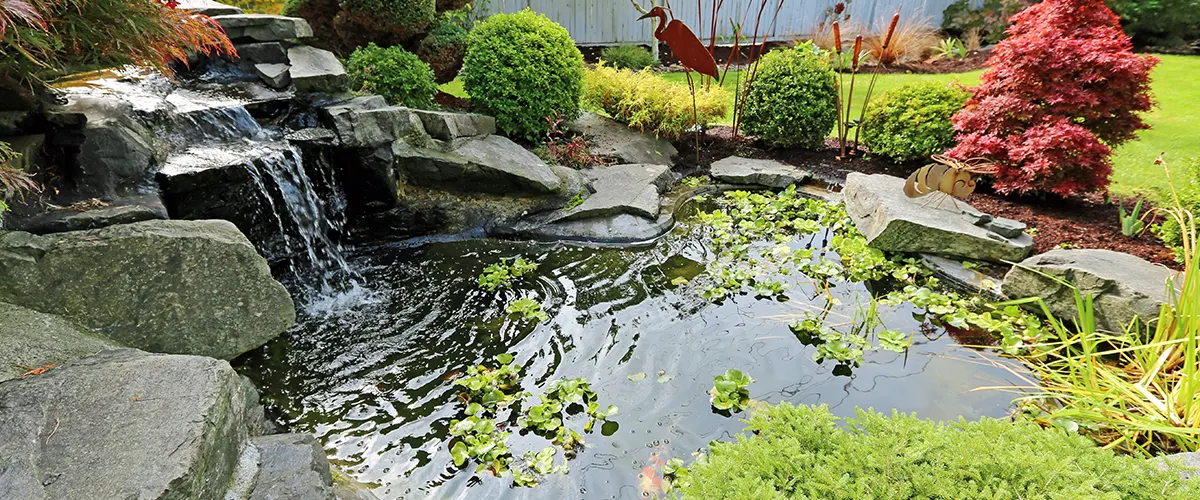
When to Use Beneficial Bacteria
- Do you have dead plants in your pond?
- Does your pond have ammonia and nitrates?
- Is your pond in need of a microorganism balance?
To avoid a decrease in water quality and maintain a crystal clear pond under these circumstances, consider using beneficial bacteria. They can act as a natural pond filter and keep your pond system healthy.
The application methods for beneficial bacteria follow the same safety guidelines as mentioned earlier.
What You Should Know About Pond Dyes
What Are Pond Dyes?
Types of Pond Dyes
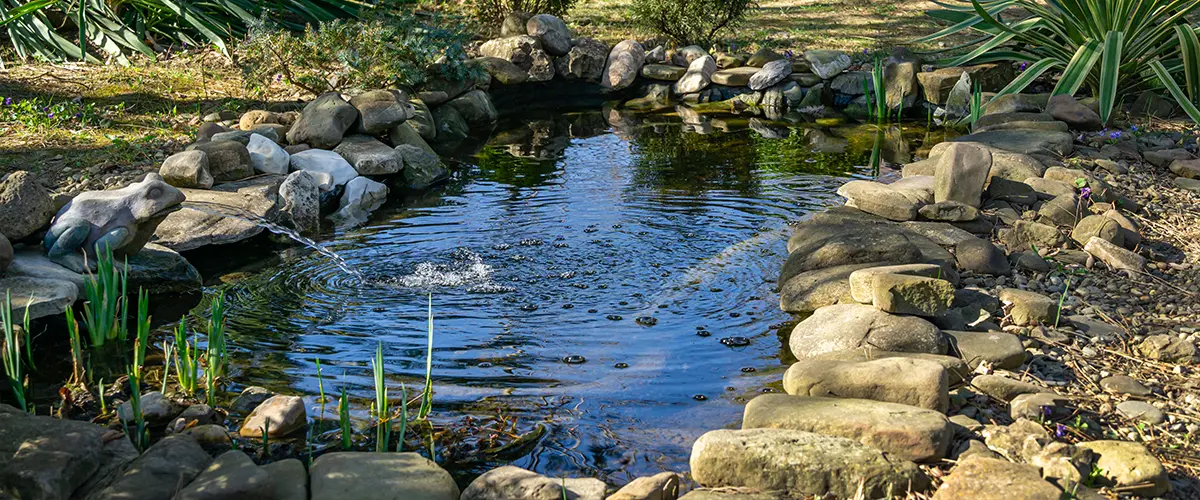
Safety Concerns
The potential for a dye to leave a stain on the skin, fabrics, or other materials is a prevalent worry. Wearing gloves and work clothing is recommended when putting pond dye in a pond because of the possibility of staining. Most pond dyes dilute in 24 hours, eliminating this stain risk.
Pond dye is perfectly safe for use in farming and irrigation once it has been diluted in water. The pond can be used for fishing or swimming, but we advise against using it in tap water.
Conclusion
If you find that pond cleaning and treatment is a time-consuming process, you’re not the only one. It can be confusing to have to learn about everything from natural bacteria benefits to organic waste management.
We’re here to help! Our pond cleaning services use premium pond treatment products and specialized equipment that you don’t have to spend more money on. We help keep algae out of control and provide and environment for pond plants and fish to thrive. If you want to get in touch with us, we are just a minute away.
